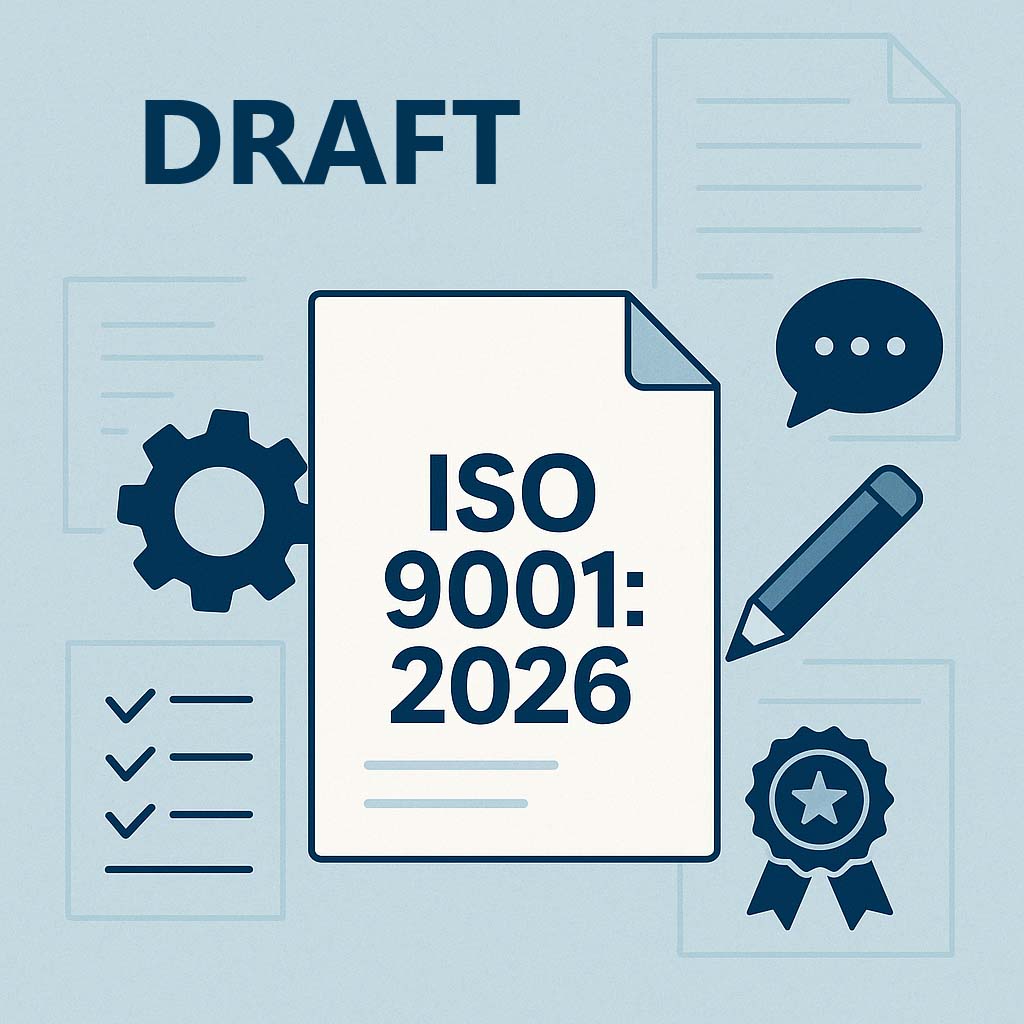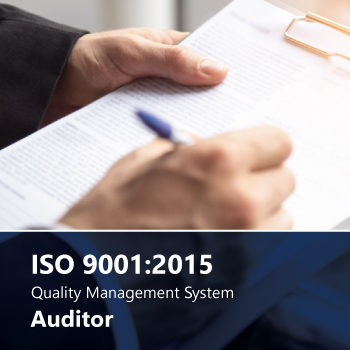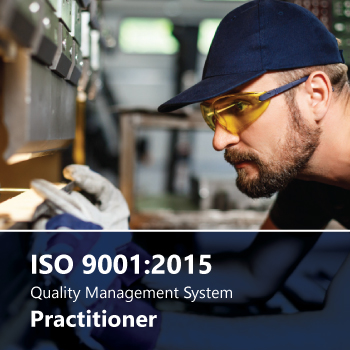We have a draft for ISO 9001:2026. What to expect?

ISO has released the draft for the new—and eagerly awaited—edition of its most popular standard, ISO 9001, which defines the requirements for a quality management system (QMS).
The draft is now available for purchase on the ISO website. This article provides an overview of what is in the draft, what is new, and what organizations can expect when the final version is published.
As many readers know, the current edition of ISO 9001 was published in 2015. The periodic revision of standards is a normal process, as the world changes, standards must adapt. ISO 9001 is no exception. The first edition appeared in 1987, and the 2015 version was the fifth version of ISO 9001. We are now looking at the sixth edition of the standard that has been shaping quality management for almost 40 years.
According to the information published on the ISO website the expectation is that this new edition of ISO 9001 will be published in September 2026.
What does the draft tell us?
In short, we should not expect major changes compared to the 2015 edition of ISO 9001. While there has been talk about including topics such as artificial intelligence, sustainability or cybersecurity in the new edition of the standard, none of these have made it into the requirements of the draft.
Actually this draft introduces no new clauses and the same overall structure as the 2015 edition of the standard.
Clause 4: Context of the organization
The 4th clause of the draft includes a requirement about climate change. The organization must determine whether climate change is a relevant issue. But this is not something new, it’s been introduced as a mandatory amendment to ISO 9001 in 2024. So, the expectation was always that that the text of that amendment will be embedded in the body of the standard.
Other than that we have the same requirements about determining internal and external issues part of the context, identifying interested parties and their needs and expectations and determining the scope of the quality management system.
Clause 5: Leadership
In the 5th chapter of the draft we don’t have significant changes, but we have something new in the sense that top management is required to promote a quality culture and ethical behavior. This is something new compared to the 2015 edition of ISO 9001, as I said. It’s somewhat aligned with another standard published by ISO in 2025, the new edition of ISO 37001 (the anti-bribery management standard) where top management is expected to promote an anti-bribery culture within the organization. We also have a note in the draft saying that an organization’s quality culture and ethical behavior are reflected in its shared values, attitudes and established practices.
In relation to the quality policy, which is one of the key documents of this management system, we have an additional requirement compared to the 2015 edition of the standard. The quality policy must take into account the context of the organization and support its strategic direction. That’s not a major change.
Clause 6: Planning
No major updates compared to 2015. The organization must determine risks and opportunities, but again it is not required to do a risk assessment, nor to document this identification. The draft separates risks from opportunities. We have more emphasis on opportunities now, with the organization clearly required to determine, analyze and evaluate opportunities and to plan actions to address them. In the 2015 edition of the standard risks and opportunities were addressed together, now we have them separated in distinct subclauses.
We also have in this chapter the requirements for the quality objectives and the plans for their achievement as well as requirements for changes and how to plan them, similar to what we find in the 2015 edition of ISO 9001.
Clause 7: Support
Only minor additions. For example, the draft requires the organization to ensure that persons doing work under its control are aware of the organizational quality culture and ethical behavior
Clause 8: Operation
Chapter 8, which is clearly the heart of ISO 9001, is basically unchanged compared to the 2015 edition of the standard. The same subclauses and topics covered.
Clause 9: Performance evaluation
Similarly no big changes in this clause. The audit programme gets a dedicated subclause but the requirements are the same. The organization shall monitor the perception of customers on the degree to which their needs and expectations have been met. Internal audits must be conducted at planned intervals and top management shall review the QMS periodically to ensure that it continues to be suitable, adequate, effective and aligned with the company’s strategic direction.
Clause 10: Improvement
Finally, the last chapter in the standard has similar requirements to what we find in ISO 9001:2015.
The draft also includes Annex A, similar to the 2015 version. This annex is intended to provide clarification and to prevent the misunderstanding of the requirements for the quality management system. It is meant as guidance to help organizations better understand and implement the QMS.
To support the implementation effort, ISO has also published a separate standard, ISO/TS 9002 with guidelines for the application of ISO 9001. Most likely this standard will also be updated to accompany the new edition of ISO 9001.
Final thoughts
That’s the overview of the draft recently published by ISO. For many, this may feel a little disappointing, as expectations were higher, for more changes. Of course, there is no guarantee that the final version will look exactly like this draft—further modifications may occur. We’ll have to wait and see. However, based on what is available today, it seems unlikely that the 2026 edition of ISO 9001 will bring major updates compared to the 2015 version.


